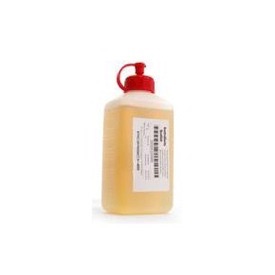
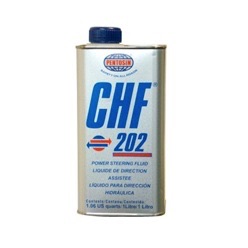


Published in the April 2016 issue of “Die Porsche Kassette”
It’s a Monday morning at 7:30 AM and my phone rings.
“Good morning”, I say ...
“Good morning” says the caller...
“How may I help you?” I continue ...
“I just found a little puddle under my Porsche. Is that bad?”
Somehow I just know it’s going to be a long week.
I have to explain to the caller that there are a number of different fluids in his Porsche and that unless he gives me more information I can’t tell him if it’s harmless or not. I need to know the color, the feel and the location of the fluid before I can start to guess what it is.
Let’s just list the possible fluids (in order of volume):
1- Gasoline
The gas tank holds 13 - 25 Gals. You should know how gasoline looks and smells. The tank is generally located in front (except the trucks) but the fuel lines run the length of the car to the engine so a leak can occur anywhere under the car.
A gasoline leak is dangerous and needs to be addressed with urgency.
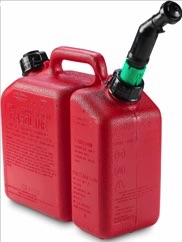

2- Coolant
There are approximately 6 Gals. of anti-freeze / coolant in water-cooled Porsches and not a single drop in the air cooled ones. Those that use it could have pink, neon yellow, green or any other color.
It’s slippery and smells sweet. It’s also poisonous.
Depending on the particular Porsche, the expansion tank could be in the rear (Carrera, Cayman and Boxster) or in the front (Cayenne Macan, Panamera). The expansion tank has a pressure cap that can leak with time. There are coolant lines running the length of the sportscars so a leak can happen anywhere. The radiators which cool down the antifreeze are up front and are prone to punctures from road debris.
Some leaks are very hard to detect and require a pressure test.
3- Engine Oil
There’s anywhere between 6 - 10 Qts. on normal street Porsches. When fresh it’s a dark amber color which quickly turns to dark brown or black with mileage. It’s slippery and has a distinct odor.
An oil leak will generally be under the engine but could come from the center (IMS or RMS) the sides (spark plug tubes or head gaskets) or from the oil pan itself (bad plug, puncture or gasket).
A small leak is not necessarily an urgent fix.

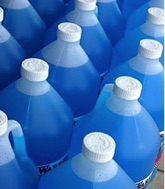
4)Windshield Washer Fluid
About 1 Gal. or more. It’s a light, watery fluid that can have any color dye such as blue, green, pink, etc. If the vehicle has a rear window washer it may have one long line running the length of the car or it may have a separate tank. Generally leaks are from the hoses coming from the reservoir or from the small electric pump.
5- Transmission Oil
There’s close to 1 Gal. Depending on whether you have a manual or an automatic, the consistency, smell and color will vary. Automatic tranny fluid is a light oil, generally red with a strong petroleum smell, but if it overdue for replacement it’s dark brown in color and may smell burnt.
Manual tranny fluid in Porsches is very viscous - much heavier than motor oil - has a deep blue or green color and smells like rotten eggs.
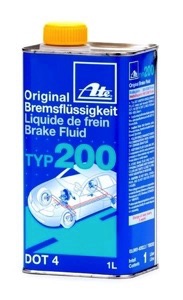
6- Brake/Clutch Fluid
About 1 liter. A light amber colored fluid which is corrosive and will get hot when reacting with water.
The most likely leaks could come from the brake caliper bleed nipples, a cracked hard brake line or a bad clutch slave cylinder.
Clean any spills and then neutralize with water.

7- Battery Acid
There’s about 1 Gal.
A very strong and corrosive acid (sulphuric) which will burn skin. A spill can only come from the battery. Neutralize with soda.
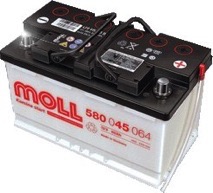
8- Power Steering Fluid
There’s less than 1 Qt. This is a light weight hydraulic oil which can be almost clear, a light amber or a light green color. It could leak from the Power Steering Pump, its lines or from the Steering Mechanism on the front axle.
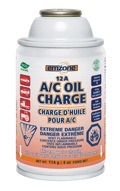
9- Air Conditioning Compressor Oil
About 1 Qt. Also a light weight oil with a distinct odor. When a UV dye is added previously it can shine under UV light.
Leaks can come from the A/C compressor, and/or it’s lines when cracked.
10- Convertible Top Hydraulic Oil
About 24 Oz. Light amber color but could also have a green tint.
Only on the 911 Cabriolets since Boxsters use an all-electric top. Leaks generally appear running down the rear shocks.
Not all leaks present the same urgency in repairing.
Gasoline leaks are inherently a fire danger, battery acid leaks can burn the skin and corrode what it touches, brake fluid is corrosive but the urgency is in repairing this leak has to do with safety and the ability to stop the vehicle.
The other fluids aren’t as crucial:
Power steering leaks will cause the steering to be much heavier but the vehicle will still turn. A/C refrigerant or oil leaks will make the car uncomfortable in hot conditions and a leaky convertible top hydraulic piston won’t allow the top to be operated.
For more information on leaks and more, please visit my website:
www PedrosGarage.com.
Happy Porsche’ing,
Ⓒ2016 Technolab / PedrosGarage.com


